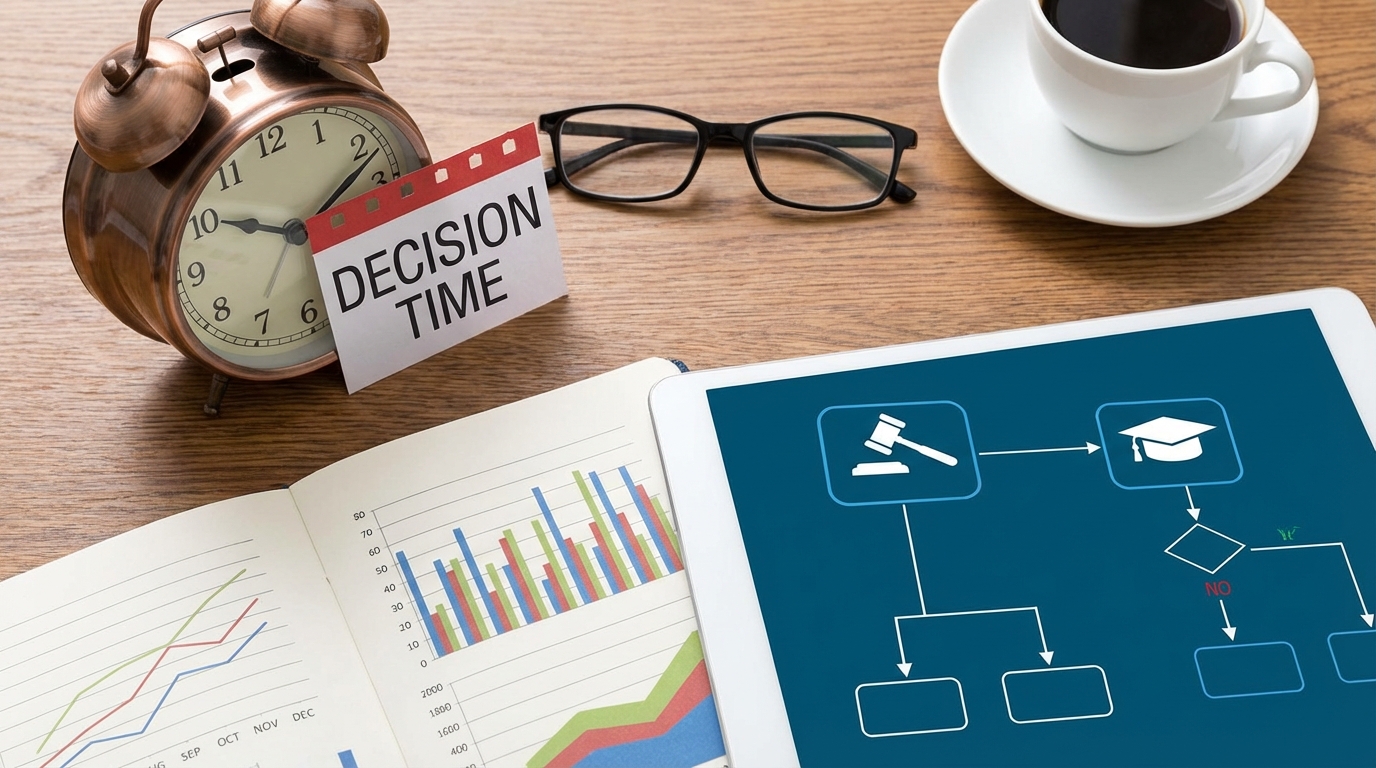If you are one of those who struggles with gaining control over your credit card debt, you might feel better knowing you are not alone. In fact, the average American's credit card balance runs to more than $15,000. What most of them - and you - may not know is that there are myriad ways for you to reduce your debt, and to do so without harming your credit score. If you have a solid repayment plan in place, you can be debt-free before you know it.
Understanding How You Got Your Credit Card Debt
The first step to solving any problem comes with understand it. In this case, it's about understanding how you made your debt in the first place. IN this case, every month you make your purchases nd every month, you receive a statement asking you to pay for a portion of that month's purchases, along with previous purchases you haven't paid off yet.between You then have 21 and 25 days, depending on your card issuer, to pay off the previous month's debt balance. If you don't pay it off, you'll be charged interest, which is your APR (annual percentage rate) divided by 12, multiplied by your outstanding balance, and that amount will be added to the debt you owe.
For example, say you have a credit card with a 15% APR, a $35 late fee, and a 25-day grace period. On January 1, you spend $500.
On Jan. 26, you receive a statement saying your outstanding balance is $500 and your minimum payment is $25.
From there, you have several different options. If your grace period is 25 days, and you pay the full amount by then, you will have paid off your balance in full and your purchase in full and your purchase will cost you just $500. On the other hand, if you pay nothing on that date, you will incur $5.94 in interest plus a late fee, which may be as much as $35, which will take your balance to $588.00.
If you make the minimum payment of $25 each month, you'll avoid the late fee, but it will take you more than 30 months to pay off the initial balance. If you charge any more than that, it could take many more years, and possibly decades, to pay off your debt. If you charge $500 and pay $250 by the due date each month, it will only take you about three months to become debt free,
The key things to take away from this are:
- Under the terms of your credit card agreement, you can pay anywhere between the minimum payment and the total amount owed without violating its terms.
- Making less than the minimum violates your agreement, which means, if you make a payment that is less than the minimum, you will probably be charged a late fee, and if your card has a penalty interest rate, that higher rate might be applied to all newly incurred balances.
- If you pay more than the minimum but less than the total amount outstanding, you will be charged interest at a rate of your APR, divided by 12, times outstanding balance. This interest charge is then added to your outstanding balance.
- The only way to not add to your balance is to pay off your debt in full.
There are two ways you can lower your interest charges:
- Lower the amount of debt outstanding.
- Lower the interest rate.
We'll break down in detail how to do each of those.
- Lower the amount of debt outstanding
While there are a few tricks you can take advantage of to pay off your debts more efficiently, and there are several tools to use that will make your debt less painful, the bottom line for reducing your credit card debt comes down to the same thing; you have to is always the same , in the end, cutting down your debt comes down to this: You must put more of your money toward making yourself debt-free.
That means you have to establish a rainy-day savings fund t cover about three months of expenses. After that, you will have to put all of your remaining money toward becoming debt-free.
That may seem like a pain but think about it as more of an investment in yourself. If your credit card debt is costing you 18% interest rate, then eliminating that debt is like investing in something with a guaranteed 18% return with zero risk, which is something that is almost impossible to find when investing. Set up recurring payments from your checking account to your credit card balances on the day you get paid because you can't possibly spend what you never had.
Failing that, however, you can also divert a portion of each paycheck to a savings account earmarked for credit card payments. You can also look for ways to boost your income part-time, like working online, driving for Uber or Lyft or making deliveries for Grubhub or Doordash and pouring all of that money into paying off your credit card debt. The entire process is all about putting more in to get more out.
Lower the interest rate
This is where things get a bit interesting. There are several ways to reduce your interest rate, so consider trying the following and stop at whichever one works first.
- Apply for a 0% balance transfer credit card
Credit card companies are eager to steal others' business and are opening their purse strings to debts from other lenders. Therefore, the easiest way to cut your interest cost may be to apply for a new 0% balance transfer credit card. Such cards usually have an introductory period of between six and 18 months in which the outstanding balance your transfer to your new card isn't charged any interest. You can shift your old credit card debt to the new card and have some time to pay it down without accruing interest charges, but there's a catch -p you have to do it. Don't transfer the balance and then forget to pay it off. Be careful, however, of balance transfer fees. This one-time charge, usually 3%-5% of the transfer, is added to your balance when you shift it over. For example, if you transfer $1,000 to a new credit card with a balance transfer fee of 3%, your outstanding balance at the end of the month will increase by $10.30.
- Shift to a lower-rate card with your same bank
Remember that banks are competitive and want you to keep your accounts with them. Try to switch your debts to a lower-rate card at the same bank by threatening (politely, of course) to leave and take your money elsewhere. Alternatively, try to negotiate a lower rate on your existing card.
- Consider debt consolidation
If you have a credit score high enough for it, consider taking out a home equity line of credit or another secured loan to pay off your unsecured and far more expensive credit card debt. This is an excellent choice for many, since you will be turning 18% or higher debt and transforming it into 4-5% debt, with one payment per month to take care of it. The only downside comes if you fall behind on that debt, you could possibly lose your house.
What to Do If You're in Over Your Head
In the worst-case scenario, you always have several options available. For instance, you can call up your lenders and negotiate with them. It helps to think about everything from the lender's perspective; they would rather you not default on your debt and lose everything you owe them. Don't wait until everything is overwhelming. At the first sign of trouble, you should call up your bank and try to work out a payment plan that takes the burden off you and also assures them they will get the money you owe.
You may also consider credit counseling. First, sign up for a free consultation with a credit counselor who can help you understand your options and put together a budget. Don't just choose one at random; choose one who has a seal of approval from the U.S. Department of Justice.
If all else fails and you just can't pay your bills, your last resort could be declaring bankruptcy, which can wipe out all credit card debt in one shot or, more likely, set up a payment plan for all of your debts that can wipe them all out in a few years at most.








